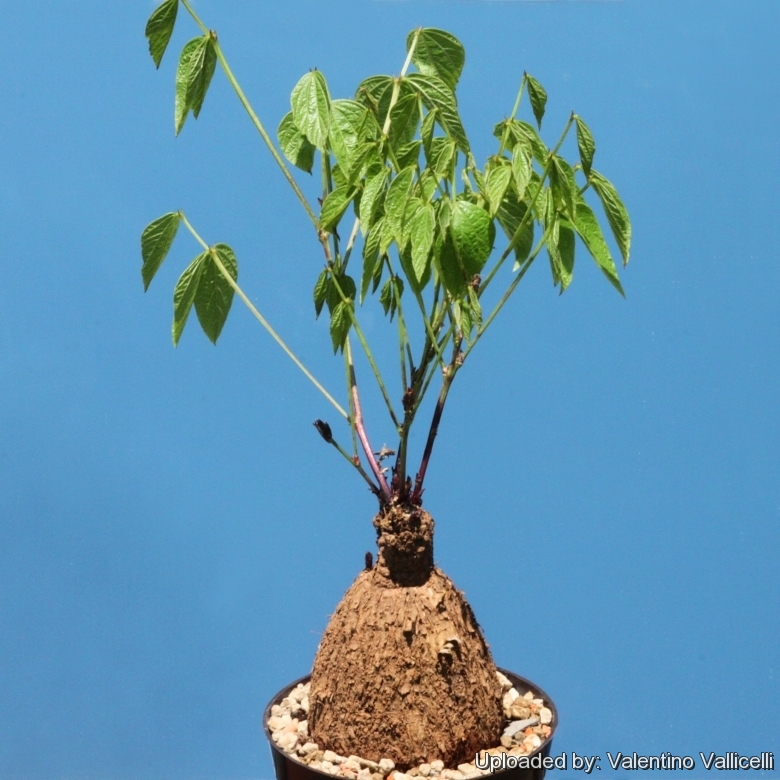
Dolichos kilimandscharicus Photo by: Valentino Vallicelli
Origin and Habitat: Eastern part of Africa, (Angola; Ethiopia; Sudan; Tanzania; Uganda; Zimbabwe)
Altitude range: 700 - 2100 m over sea level.
Habitat: Occurs widespread in Brachystegia woodland, wooded grassland and montane grassland. Shoots producing conspicuous purple flowers are sent up after, or just before, the rains begin from the large woody tuber.
Synonyms:
See all synonyms of Dolichos kilimandscharicus
Common Names include:
ENGLISH: Wild Lupin
Description: It is a perennial herb, arising from a large rootstock often pyrophyte. It is a widespread and variable species.
Caudex (rootstock): Large, tuberous, turnip-shaped, woody, 7-30 centimetres in diameter, 14-45 centimetres long. In nature the swollen tuberous rootstock is partially or totally buried so it is very resistant to drought, while in cultivation it can be raised over the ground so that it can be seen and is especially cultivated for its looks. Architecturally it is a real stunner. When the ''caudex'' shape is adequately in evidence this plant is incomparable.
Annual stems: Thin, erect or rarely decumbent, herbaceous, smooth or slightly ribbed, with sparsely to densely appressed silvery, greyish or ferruginous hairsarising from the tuberous root, 25-125 cm tall (but usually less than 1 m high) from a large tuberous.
Leaves: Often appearing after the flowers, pinnately trifoliolate, leaflets 2.5-17 cm long × 1,7–4,2 cm wide, ovate to elliptic-lanceolate the laterals oblique; Mature leaflets densely pubescent to velvety with adpressed silvery, greyish or ferruginous hairs; petiole 3–10 cm long; rhachis 1-3,5 cm long; petiolules 2-5 mm long; stipules 5-12 mm long and 1-4 mm large, lanceolate, caducous.
Inflorescence: The flowers aresolitary, in pairs or in 3-4 flowered fascicles, the late or lack of development of the leaves gives these few-flowered fascicles the appearance of a terminal pseudoraceme.
Flower: In various shades of pink-purple to mauve/blue; calyx 6–11 mm long; corolla 16-29 mm long; style 7-8-10 mm Long.
standard 15–29 mm long.
Blooming season (europe): This species produces a conspicuous display of flowers in spring often before the three- leafleted leaves appear or with under-developed leaves. ( it its native land it flowers from September to November)
Fruit: Legumes 4,7-7,6 cm long and 0,8-1,1 cm wide, linear-oblong, densely appressed ferruginous or with golden hairs, 4–8-seeded.
Seeds: 6-9 × 4-7 × 2-3 mm, ellipsoid or irregular quadrate, very variable, orange-brown; hilum minute.
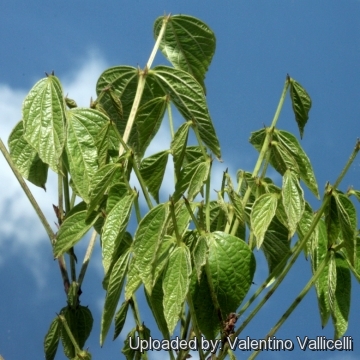 Dolichos kilimandscharicus Photo by: Valentino Vallicelli
Dolichos kilimandscharicus Photo by: Valentino Vallicelli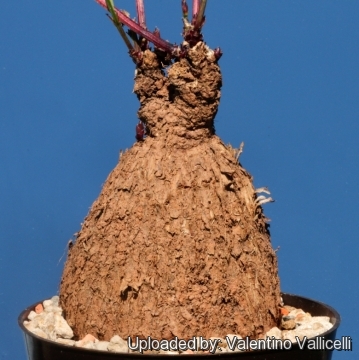 Dolichos kilimandscharicus Photo by: Valentino Vallicelli
Dolichos kilimandscharicus Photo by: Valentino Vallicelli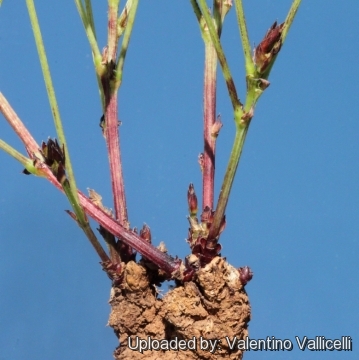 Dolichos kilimandscharicus Photo by: Valentino Vallicelli
Dolichos kilimandscharicus Photo by: Valentino Vallicelli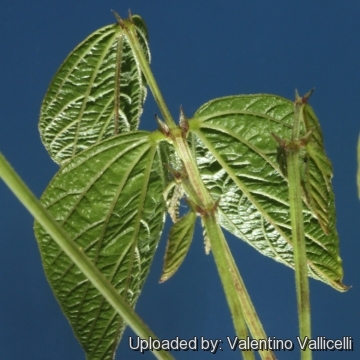 Dolichos kilimandscharicus Photo by: Valentino Vallicelli
Dolichos kilimandscharicus Photo by: Valentino Vallicelli Dolichos kilimandscharicus Photo by: Valentino Vallicelli
Dolichos kilimandscharicus Photo by: Valentino VallicelliSend a photo of this plant.The gallery now contains thousands of pictures, however it is possible to do even more. We are, of course, seeking photos of species not yet shown in the gallery but not only that, we are also looking for better pictures than those already present.
Read More... Cultivation and Propagation: It is a painfully slow growing species, but it possible to increase the speed of growth to some extent by providing adequate amount of water, warmth, and fertilizer during the active growing season, but it’s susceptible to rotting if too wet and do not like a lot of water when they have no leaves. It like pots with generous drain holes, need a very porous potting medium (add pumice, vulcanite, and perlite) seeing that the main trunk is planted with the majority of the roots below the caudex line. Its rare that it will use the upper third of its soil and often this area serves like a mulch or support for the stem. This plant has an excellent heat tolerance, and need full sun to light shade exposures, but the caudex should be in the shade, while the leaves prefer the sun; it can be grown outdoors in frost-free climates, need anyway to kept above 10°C and dry in winter.
Propagation: Seeds
Warning: The sap of is poisonous, and they should be handled with caution, particularly when pruning..
Traditional Uses: For its unpalatable and toxic characteristics the tuber has been used as a potent fish poison. In traditional medicine the flowers are cooked together with leaves of other plants to use a s a relish. The tubers are also used in a medicine to treat aching limbs.
















